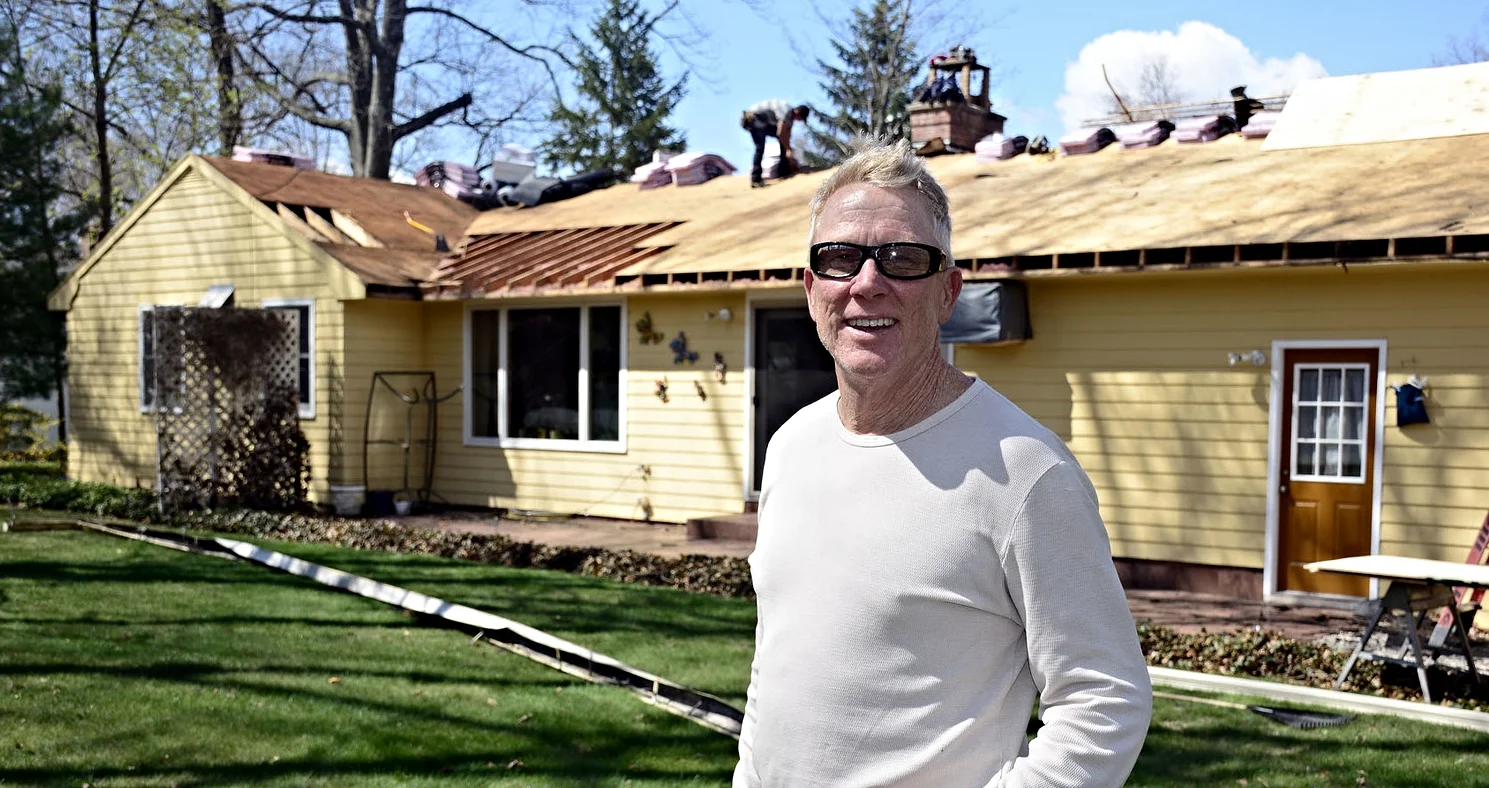From Man Caves to Playrooms, a Basement Makeover is the Perfect Winter Project
Chelsea O'Donnell
If you’ve ever considered a basement remodel, now is one of the best times. As the winter weather sets in, creating a fun space for your family to escape those chilly nights can both increase your square footage and add value to your home.
According to Smart Asset, the average cost to remodel a basement is between $25 and $50 per square foot, but costs can go as high as $90 per square foot depending on materials and labor. For most basements, the average you’ll pay will be between $18,000 and $30,000. What are the major factors that drive the price differential? Setting up plumbing for a new bathroom or kitchen can be expensive as well as any mold removal, leaks, or general structural issues that need to be taken care of.
Mold and moisture are common basement problems that you’ll need to look into if remodeling is in your future. Most professional finishing specialists will be able to advise on waterproofing to ensure that your space isn’t going to have any unexpected issues. Many basements are generally underinsulated and have leaky windows so if you’re going to improve the space, these basic updates are well worth the cost. Plus they’ll help the energy efficiency throughout your entire house.
Once the basics have been considered, you’ll need to think through what you’re using the space for. Do you envision a home theatre or a mancave for Sunday football? Would a playroom for the kids be the perfect addition or is a teen hangout more your speed? No matter what you decide to do, think longer term. Little kids grow quickly and teenagers will soon be out of the house, so design for flexibility and change.
Whatever you decide to use your space for, one of the most important considerations will be low ceilings and light. Recessed lighting is a great option as it gives the illusion of height and it’s easy to install, especially if you’re working with a dropped ceiling. Speaking of dropped ceilings, you won’t believe how many stylish options there are to make those squares pop. From clean modern lines to pressed metal, basement ceilings can actually be a lot of fun to design. There are even acoustic absorption solutions to help control noise from televisions and home theatre systems.
Next, consider your storage options. Most people use their basements to keep clutter out of sight, but once the space is remodeled, where will all that stuff go? I am a big fan of creating zones in the basement that can be used for different people with different needs. I always recommend keeping at least a section available for those old clothes and air conditioning units as storage space is a valuable commodity in every family home. The key is to keep the clutter to a minimum.
With all the basics considered, it’s time to have fun designing your space. A basement is a great place to experiment with an aesthetic that’s more daring than the rest of the house but the key is to keep it comfortable and transitional. Lastly, if a real estate transaction is in your 10-year plan, think about the next family that might be making memories in the home. A basement remodel can add serious dollars to your list price if it’s done appropriately.
Bob O’Donnell is the owner of O’Donnell Bros. Inc., a Bristol-based home improvement company established in 1975. Email your questions to info@odonnellbros.com with the subject line “Ask the Pro.” All questions may be considered for publication. To contact Bob for your remodeling needs, call O’Donnell Bros. Inc. at (860) 589-5155 or visithttp://www.odonnellbros.com. Advice is for guidance only.
